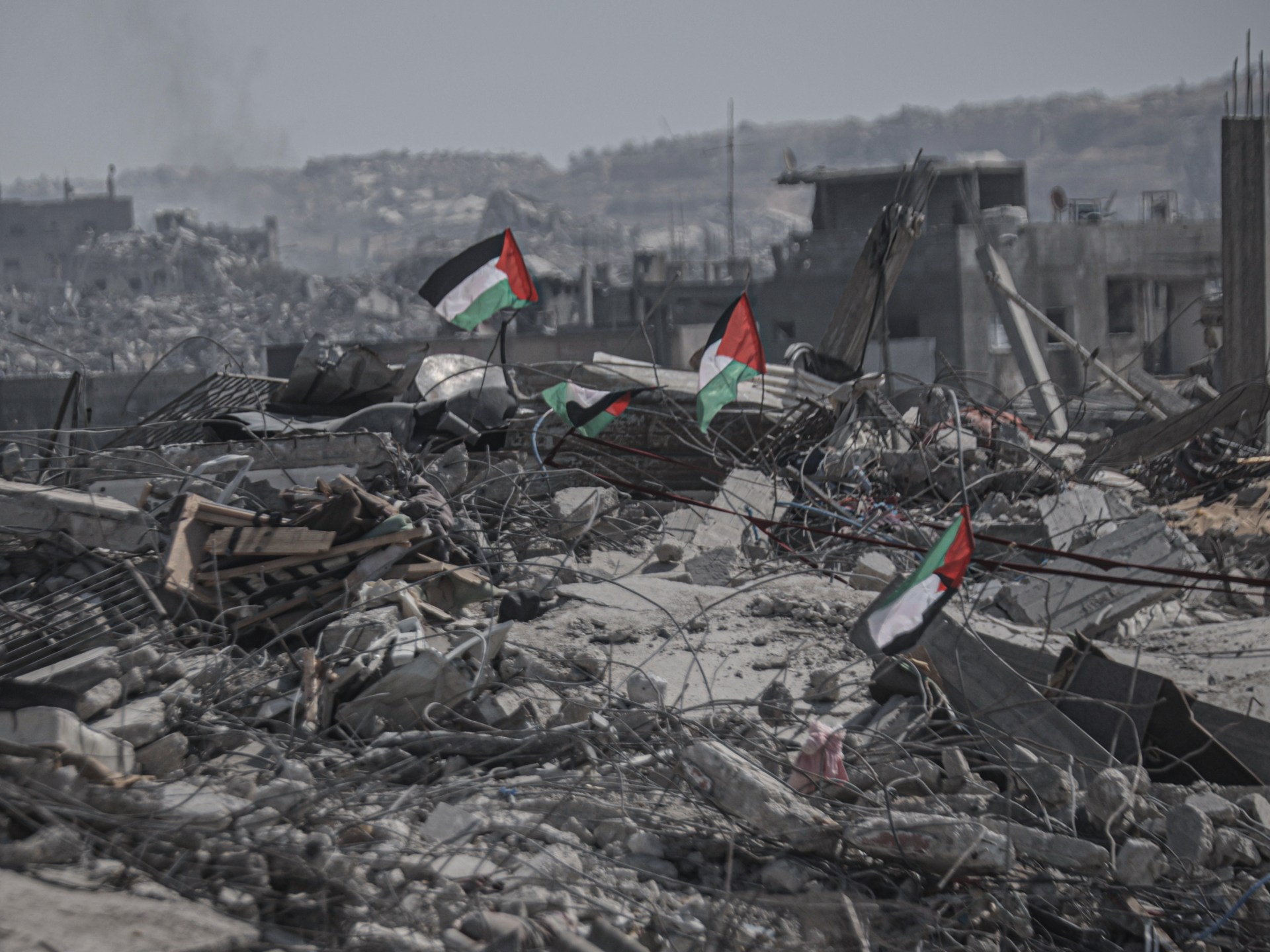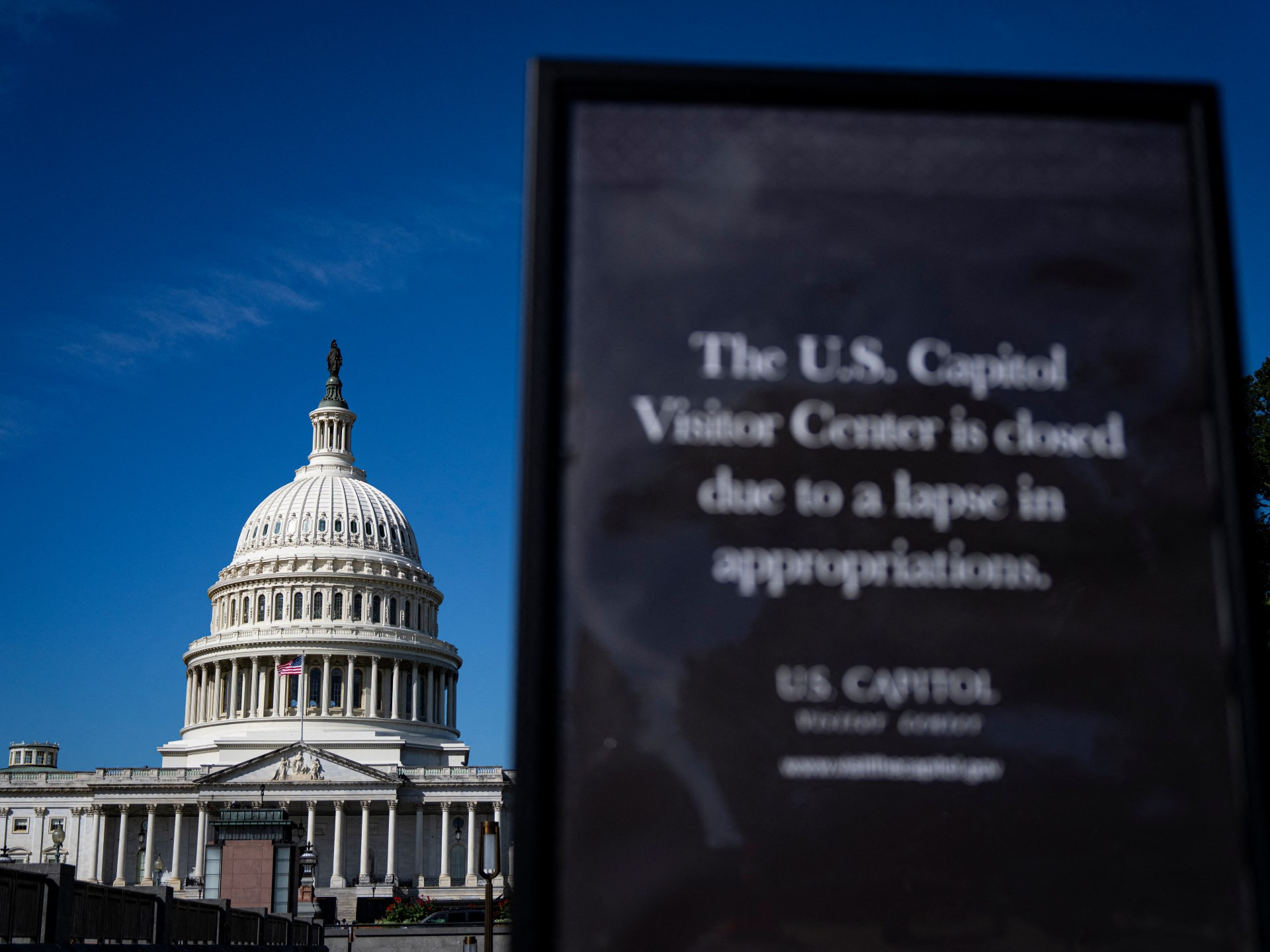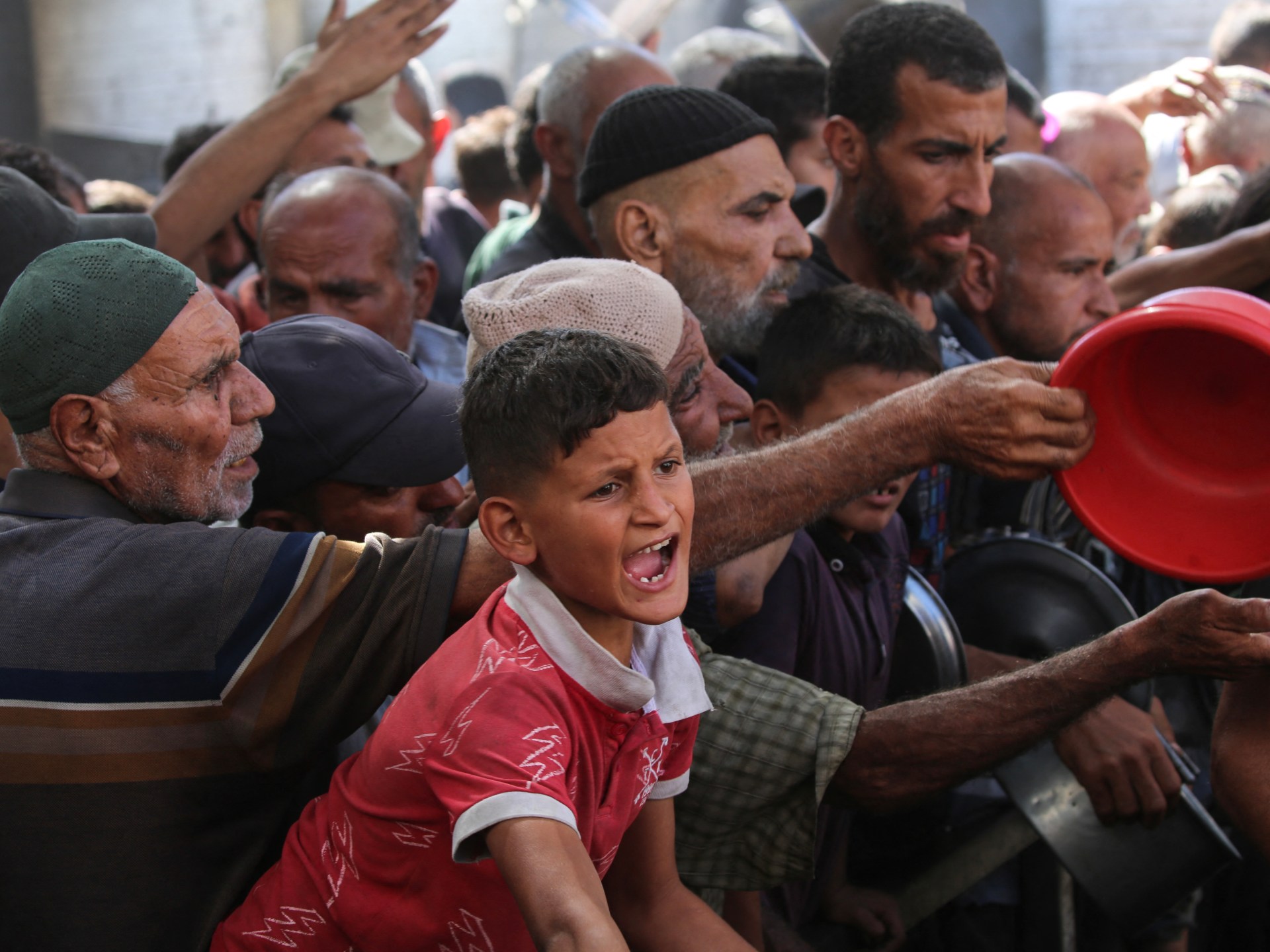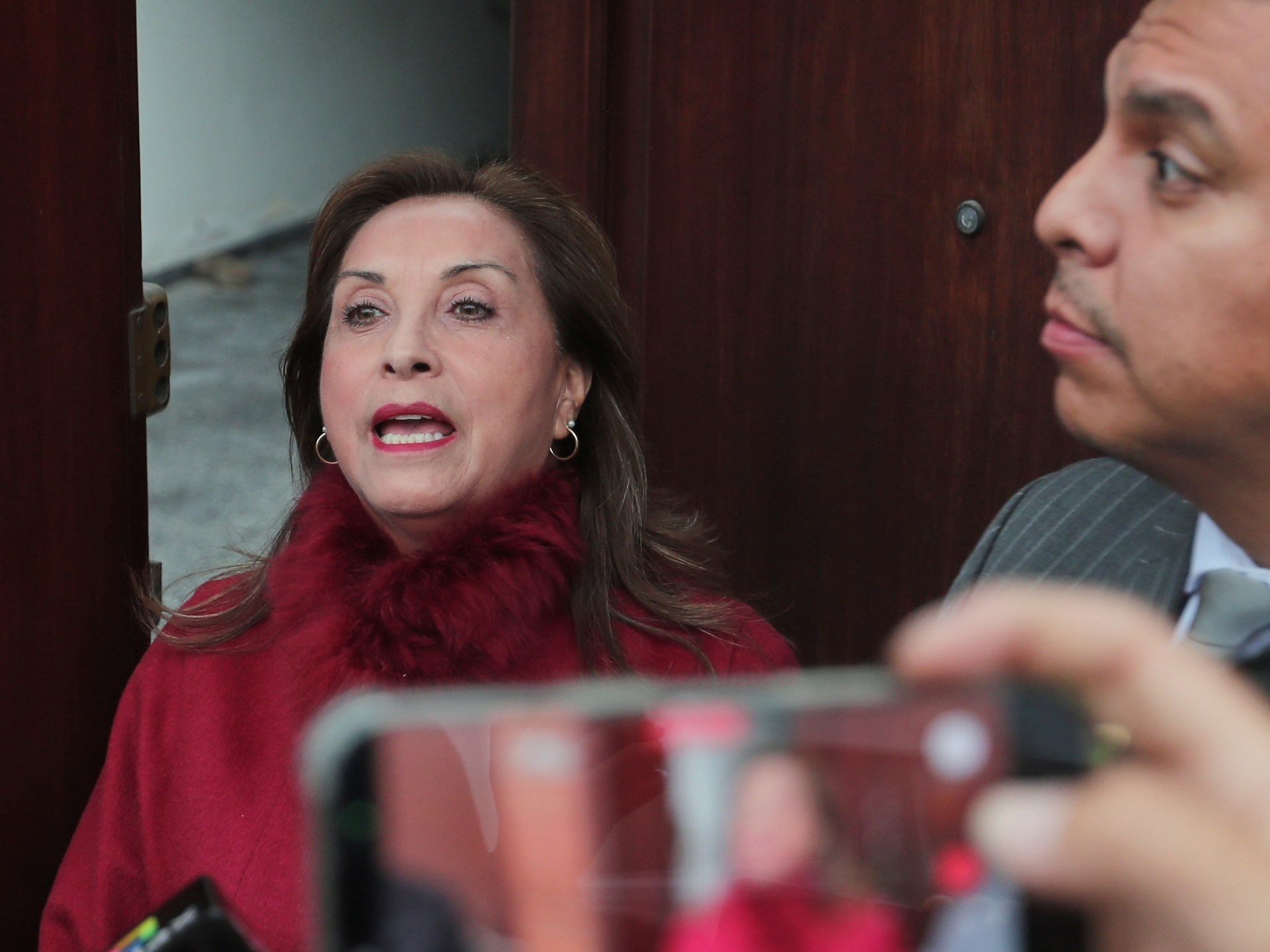Germany has pledged more than $2bn in military aid for Ukraine, as the government in Kyiv signalled that it would need $120bn in 2026 to stave off Russia’s nearly four-year all-out war.
Speaking on Wednesday at a Ukraine Defence Contact Group meeting in Brussels, German Foreign Minister Boris Pistorius said that Western allies must maintain their resolve and provide more weapons to Ukraine.
Recommended Stories
list of 3 itemsend of list
“You can count on Germany. We will continue and expand our support for Ukraine. With new contracts, Germany will provide additional support amounting to over 2 billion euros [$2.3bn],” Pistorius told the meeting in Brussels, which was also attended by US Defense Secretary Pete Hegseth and Ukrainian Defence Minister Denys Shmyhal.
“The package addresses a number of urgent requirements of Ukraine. It provides air defence systems, Patriot interceptors, radar systems and precision guided artillery, rockets and ammunition,” Pistorius said, adding that Germany will also deliver two additional IRIS-T air defence systems to Ukraine, including a large number of guided missiles and shoulder-fired air defence missiles.
In recent months, the transatlantic alliance started to coordinate regular deliveries of large weapons packages to Ukraine to help fend off Russia’s war.
Spare weapons stocks in European arsenals have all but dried up, and only the United States has a sufficient store of ready weapons that Ukraine most needs.
Under the financial arrangement – known as the Prioritised Ukraine Requirements List (PURL) – European allies and Canada are buying US weapons to help Kyiv keep Russian forces at bay. About $2bn worth had previously been allocated since August.
Germany’s pledge came as Ukraine’s Western backers gathered to drum up more military support for their beleaguered partner.
Shmyhal put his country’s defence needs next year at $120bn. “Ukraine will cover half, $60bn, from our national resources. We are asking partners to join us in covering the other half,” he said.
Air defence systems are most in need. Shmyhal said that last month alone, Russia “launched over 5,600 strike drones and more than 180 missiles targeting our civilian infrastructure and people”.
The new pledges of support came a day after new data showed that foreign military aid to Ukraine had declined sharply recently. Despite the PURL programme, support plunged by 43 percent in July and August compared to the first half of the year, according to Germany’s Kiel Institute, which tracks such deliveries and funding.
Hegseth said that “all countries need to translate goals into guns, commitments into capabilities and pledges into power. That’s all that matters. Hard power. It’s the only thing belligerents actually respect.”





